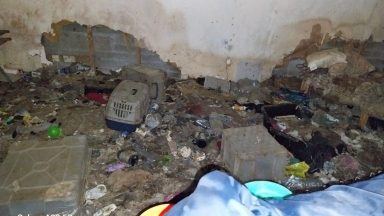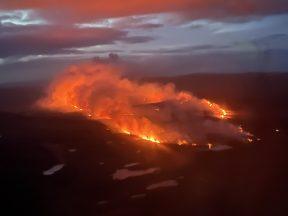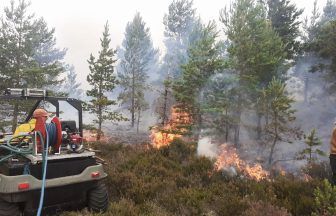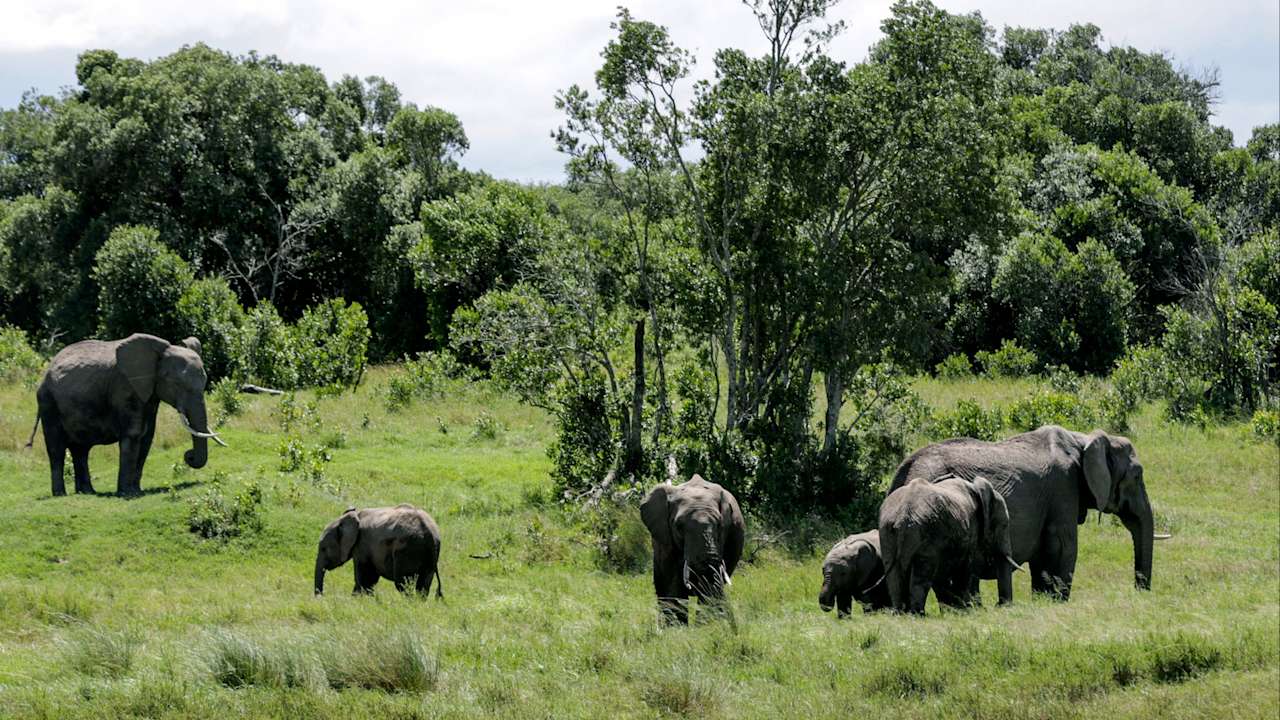Archaeologists have discovered more than 11,000 stone tool fragments used by hunter gatherers 14,000 years ago.
Experts investigated 42 fields along the Dee Valley, Aberdeenshire, to create a record of the hunter gatherers who lived close to the river from around 13th millennium BC.
Archaeologist Caroline Wickham-Jones said early prehistoric communities were living in the valley during a time of rapid climate change as the last ice age started to melt.
In a report published by Society of Antiquaries of Scotland Ms Wickham-Jones said: “The work of Mesolithic Deeside reveals an extensive archaeological record that comprises multiple traces of diverse activity throughout this landscape.
“This record is not and can never be complete, but in comparison with many other areas it is abundant.
“The prehistoric population of Mesolithic Deeside was not scattered, nor isolated.
“This part of the country was well able to support a thriving population over long periods of time.”
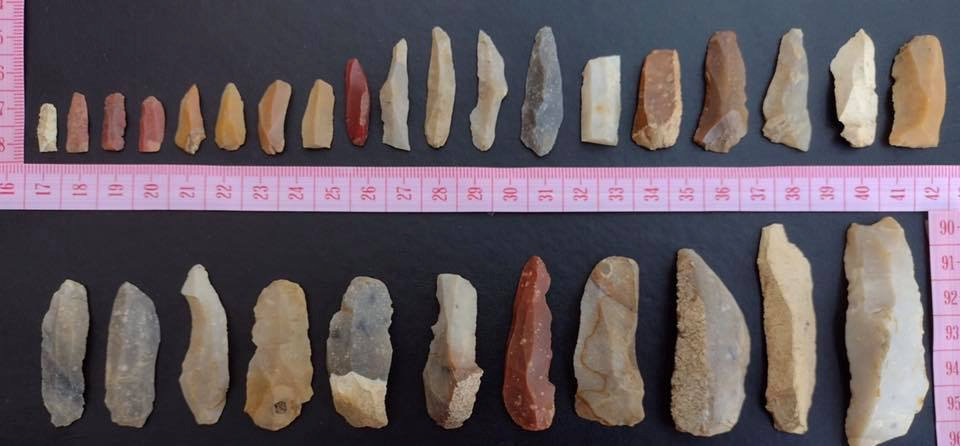 SWNS via SWNS
SWNS via SWNSEarly settlers came to the Dee during the Late Upper Palaeolithic period.
Britain was then still connected to the continent by Doggerland, with evidence suggesting people travelled long distances during an annual round.
They possessed detailed understanding of the landscape, from which they derived all the resources necessary for survival, the report said.
At the same site, slightly later Mesolithic finds were made over a stretch of 1.2 miles, making it among the most significant locations of the period in Britain.
By then, climactic conditions had improved, vegetation increased and mixed woodland and forest started to appear.
Population numbers grew and people still survived from the land, but fish and marine life became new resources.
Small stone blades were manufactured and a new range of bone and antler tools followed.
Wickham-Jones added: “In this way, the excitement of unearthing the ancient past has come to many.
“The project has undoubted academic and archaeological benefits, but it has also resulted in much wider impact and this will, it is hoped, continue into the future.”
Follow STV News on WhatsApp
Scan the QR code on your mobile device for all the latest news from around the country


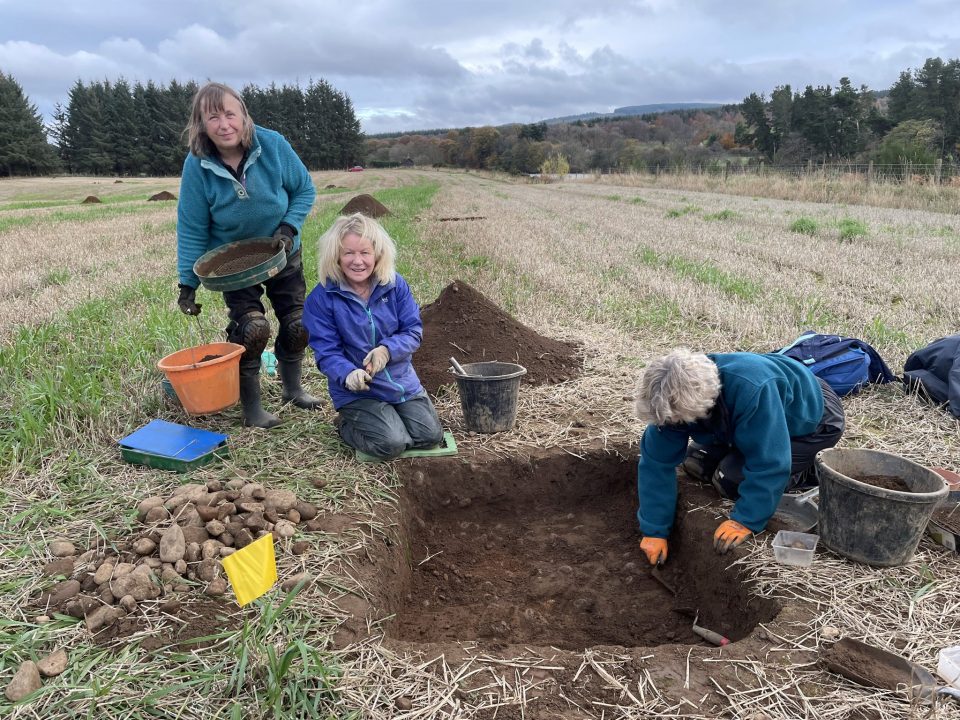 SWNS via SWNS
SWNS via SWNS





